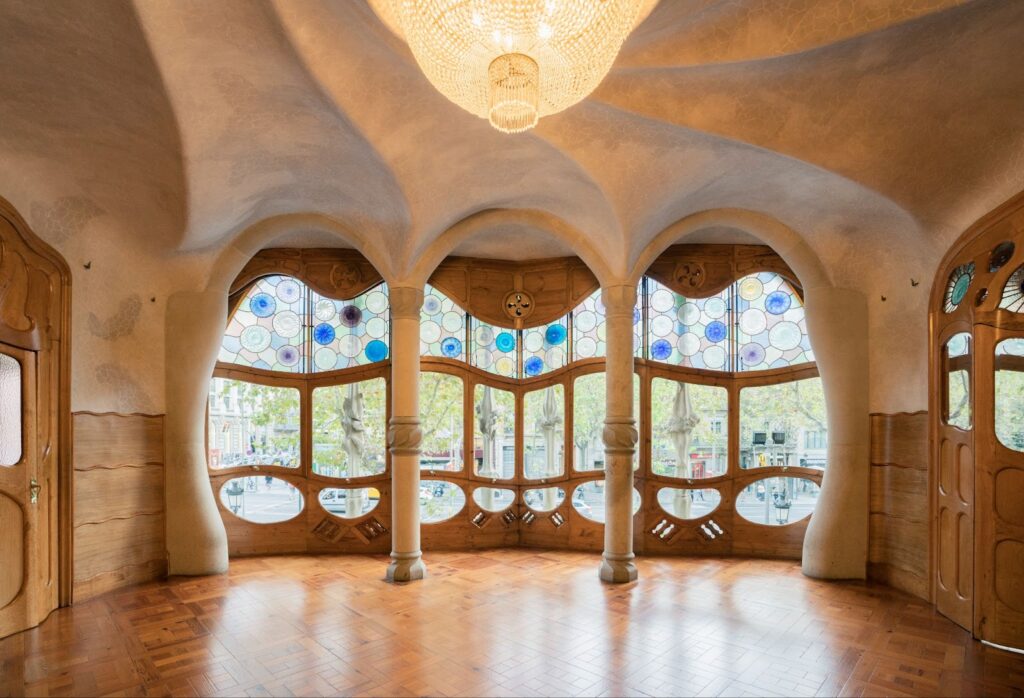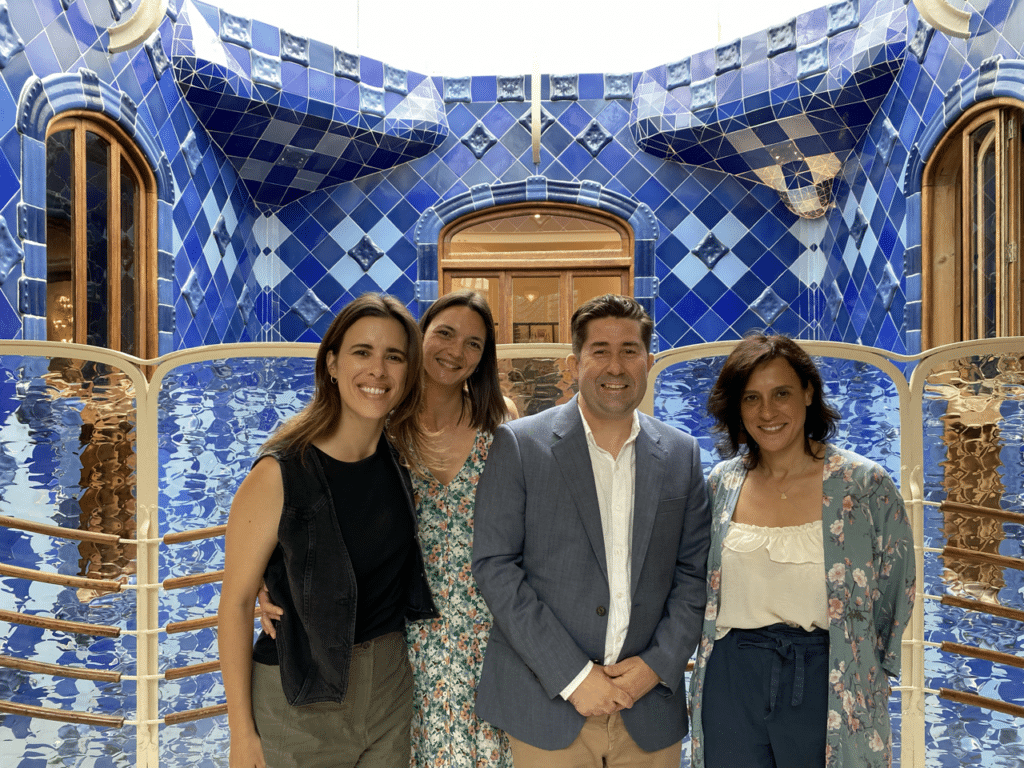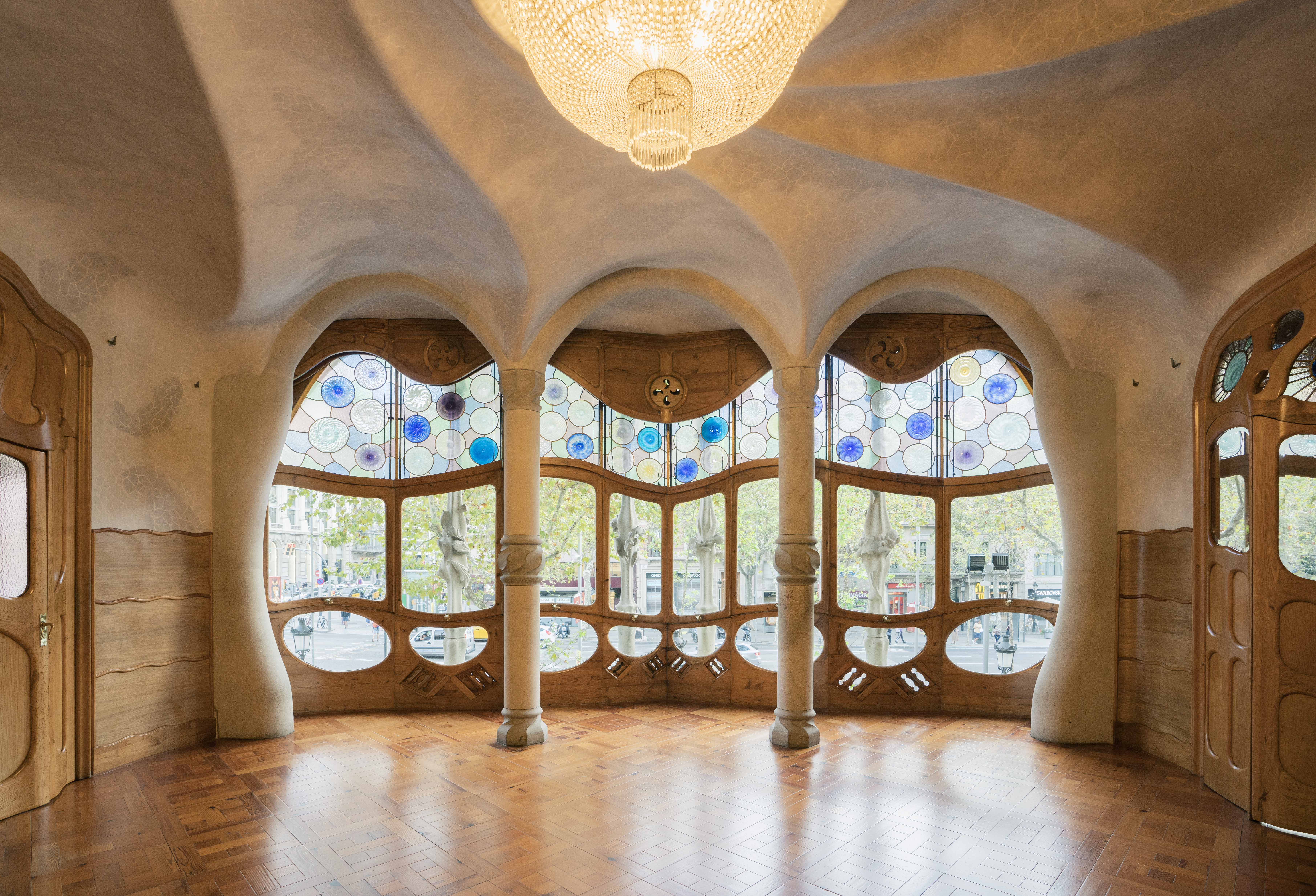
The appetite for immersive experiences has never been so pronounced. The age of smartphones and social media, combined with the decline of the third space, has disconnected us as humans from our fundamental needs: listening, connection and creativity. These are the very needs from which the human story emerges.
The feeling of being a protagonist within a story gives our lives new levels of meaning through active participation within a narrative. And nowhere has the setting been more fertile for this phenomenon as in the experiences industry: a sector spanning tours, activities and attractions, by Skift to reach a value of around $300 billion this year.
Paradoxically, it is technology that is helping us to solve this gap and quell the feelings of loneliness and isolationism, fueled by AI. The confluence of AI and immersive environments, both physical and digital, offers a new playing field for spiritual connection, new business models, innovation, and content creation as they relate to the travel industry.

Use of AI at Casa Batlló within experience design
No institution is a better example of charting these new waters than Dune7 client, Casa Batlló, an UNESCO world heritage site and Catalan masterpiece of Anton Gaudi's Moderisme architecture in the cultural capital of Barcelona.
Casa Batlló’s CEO and custodian, Gary Gautier, has been mining innovative ways to relay the story of Gaudi’s heritage and vision in this modern era and subsequently has been, through bold artistic collaborations, harnessing AI models to amazing effect.
After all, innovation runs in the family blood. Gautier’s grandfather, Enric Bernat built up the Chupachoops confectionery empire. In 1969 Bernat commissioned Salvador Dalí to design their logo - a colorful daisy - which to this day we see in the distinctive, almost psychedelic candy wrappers.
On renovating the iconic building in 2018, Gautier and the talented team at Casa Batlló made it their mission to visit the most cutting edge institutions deploying immersive technologies including the Van Gogh Museum, Tate Modern and TeamLab in Japan.
Determined to elevate the innovation deployed by Gaudi's adept structural engineering in an inimitable style of using organic forms (such as bones, trees and waves), it was only apt that he should collaborate with some of the foremost AI artists of our generation to continue disseminating this timeless world heritage.
AI Collaborations
The result of their year-long research and development were paradigm changing installations with some of the world’s foremost data AI sculpture artists: Turkish-born US resident Refik Anadol, and Argentine AI artist, Sofia Crespo.
Anadol has burnished his reputation working with renowned cultural institutions such as London’s Serpentine Gallery and New York’s MOMA, and last year showcased his immersive digital artwork called "Large Nature Model: A Living Archive” at the AGM of AI chip maker Nvidia.
With Casa Batlló, both artists and their teams have used LLMs and digital artistry to produce mixed reality worlds that model Gaudi’s exceptional craft of drawing on nature’s structures in architecture for us all to enjoy.
Anadols’s AI model draws on the world's most comprehensive digital archive of Gaudi images, and sketches, taken from social media and public archives, totaling 1.1 billion images, which the team curated using AI. Then, using ML algorithms to process and classify these vast datasets as a palette, he recreated the inner mind of Gaudi in a 6 sided cube room Anadol’s team dubbed ‘the world’s first AI-immersive room.’
Another Anadol art work titled Living Architecture, screened Gaudi inspired nature-based abstractions on the facade of Casa Batllo to 65,000 people over 5 nights.
The piece generated real-time visual outputs based on environmental data collected from sensors placed near Casa Batlló. Outputs of this model were minted into an NFT which was sold at Christie’s to a private collector and was displayed to aplomb at Rockefeller Center in New York to unsuspecting passers by, prior to the auction.
Andol's Living Architecture mapping performance
Crespo’s work similarly explores organic life and its evolution through artificial intelligence. Her passion is understanding the unique structures of nature. She studied the natural forms and abstractions at Casa Batlló, from shells and mollusks to whirlpools, and using AI neural networks, surfaced them in a 3D model of the facade of Casa Batlló. Her work, called Structures of Being, was witnessed by over 90,000 people over two days.
Sofia Crespo's Structures of Being mapping performance
AI and the experiences industry
Gautier believes that “artificial intelligence is like electricity…in that it has no value in itself. The value lies in the benefit you get from applying electricity to a tool or a service." He adds that at Casa Batlló, they are constantly trying to keep abreast of new technologies and ways to capture and communicate this iconic UNESCO heritage in new ways.
They are now on the path to testing personalized experiences, where visitors will wear a biometric wristband to measure emotional states.
More and more cultural institutions are stepping up to the plate to deploy AI technologies akin to what you might expect from some of the world's biggest entertainment IP owners such as Disney and Universal Destinations & Experiences.
AI is now behind personalized plot lines at Disney’s Star Wars Smugglers Run attraction. AI is behind virtual tours and experiences to attractions such as Angkor Watt which you can enjoy from the comfort of your armchair. The team at Autoura are allowing tourists to personalize AI-powered walking tours with the choice of avatars such as Miss Moneypenny and Dracula, essentially tailoring tours, learning and adapting from their quirks and preferences.
Autora's Tour Guide - Ms. Moneypenny
As many of us feel inundated with the constant messaging on on the myriad of things AI can solve, ironically, there is a human element of experience and connection that AI is helping bring back to life.



No comments.